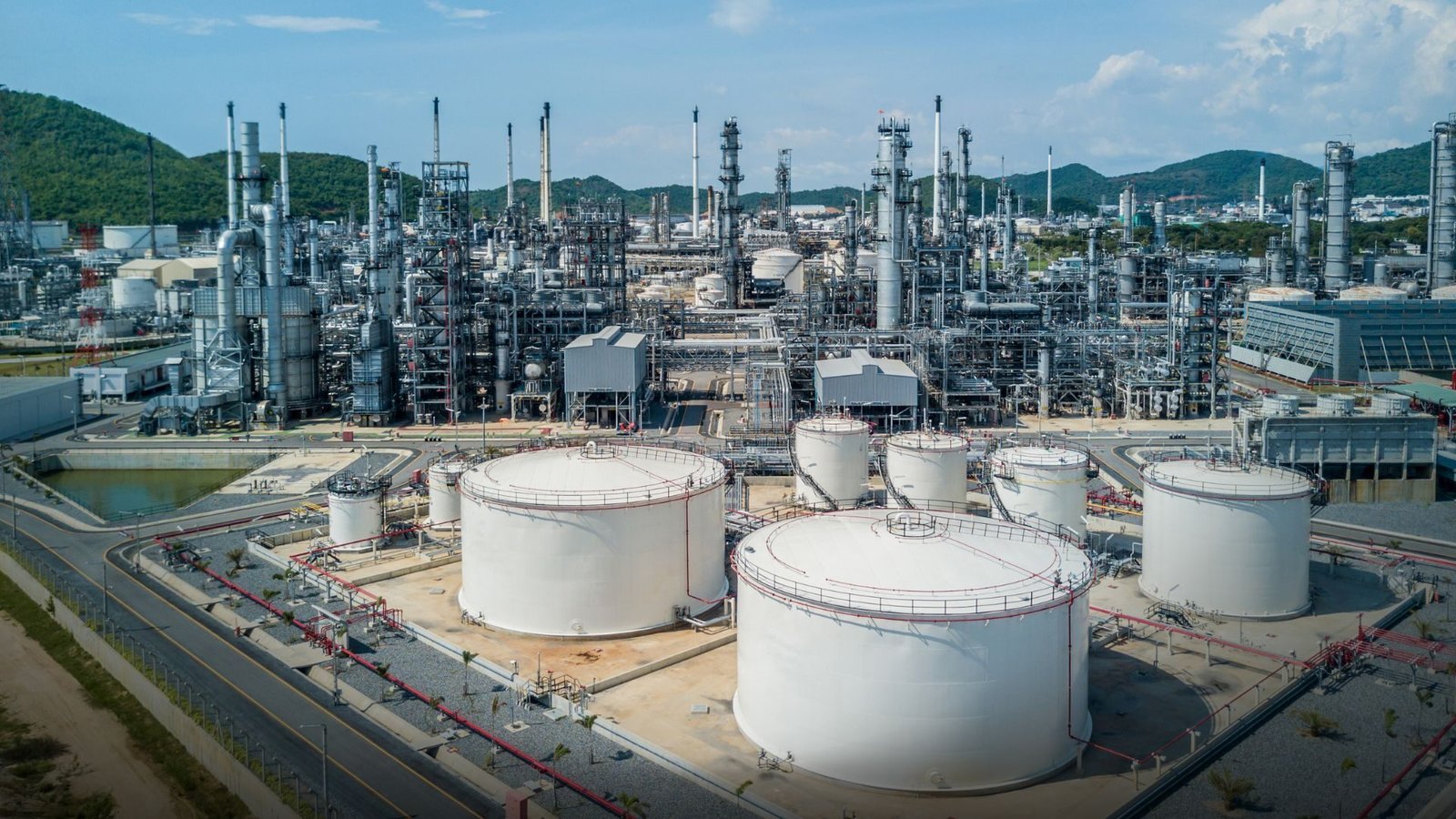By Qudsia Bano
Pakistan’s refining industry posted a modest recovery in fiscal year 2023–24, with crude processing rising by 11 percent. Yet, overall petroleum consumption continued to fall for the second straight year as weak industrial activity, high fuel prices, and the transition to cleaner energy sources dampened demand.
The persistent drop in fuel use has raised concerns over idle refining capacity and shrinking revenues across the petroleum supply chain. This trend reflects the broader challenges facing the Pakistan refining sector as it adapts to shifting energy patterns.
Crude Processing and Import Dependence
According to the Pakistan Energy Market Review 2025 by Renewables First, local refineries processed around 12 million tonnes of oil equivalent (Mtoe) in FY24, up from 10.3 Mtoe the previous year. The increase reflected a temporary rebound in domestic demand and the partial normalization of crude oil imports following the severe foreign exchange crunch of FY23.
Imported crude accounted for 71 percent of the total processed volume, while 29 percent came from local fields—highlighting Pakistan’s continued reliance on foreign supplies.
Limited Diversification in Refinery Output
Refinery output remained heavily skewed toward high-speed diesel, furnace oil, and motor spirit, which together made up 85 percent of total production. Aviation fuels and kerosene contributed 6 percent, while LPG, naphtha, and refinery gas comprised the remainder.
The report noted that this concentration underscores a lack of diversification in the downstream sector, which has yet to develop significant capacity for higher-value products such as lubricants, greases, and petrochemicals.
Declining Fuel Consumption Across Key Sectors
Despite higher refinery throughput, petroleum consumption fell sharply, extending the contraction that began in FY22. Total fuel consumption declined 9 percent year-on-year in FY24 and 33 percent over two years. The transport sector—responsible for more than half of total demand—shrank 3 percent due to elevated pump prices and reduced logistics activity.
Industrial fuel use dropped to 1.1 Mtoe, reflecting weaker manufacturing output, while oil consumption in the power sector plunged 64 percent to 0.6 Mtoe as oil-fired generation was replaced by cheaper coal and imported LNG.
Structural Shifts Impacting the Pakistan Refining Sector
The report linked the decline in fuel demand to both structural and cyclical factors. High energy tariffs, foreign exchange shortages, and the growing use of distributed solar systems have reduced dependence on conventional fuels.
Many industrial and commercial users have turned to solar and hybrid systems to stabilize costs, while improvements in vehicle fuel efficiency and subdued mobility demand have further curbed consumption growth.
Imports, Policy Challenges, and Energy Transition
Crude oil imports continued their downward slide for the second year in a row. Pakistan imported 8.5 Mtoe of crude in FY24, down from 11.7 Mtoe in FY22—a 24 percent reduction. In value terms, the import bill dropped from $11.4 billion in FY22 to $7.5 billion in FY24, easing pressure on foreign exchange reserves but signaling weaker demand. Petroleum product imports also fell 18 percent year-on-year to 7.1 Mtoe, with motor spirit remaining the main import and furnace oil nearly phased out.
The review warned that without modernization, local refineries will remain dependent on government protection through import restrictions and pricing interventions. Although policy reforms to attract private investment and establish deep conversion facilities have been under discussion for years, implementation remains slow.
The proposed Refinery Policy aims to spur capacity expansion and desulfurization upgrades through tax concessions and duty relief, but tangible progress is still pending.
The contraction in petroleum consumption also reflects the growing role of renewable energy in Pakistan’s energy mix. Widespread solar adoption in homes and industries has reduced reliance on the grid and generators—cutting diesel and furnace oil demand. Meanwhile, the gradual expansion of electric mobility, though nascent, is already influencing long-term projections for transport fuel use.
Future Outlook for the Downstream Petroleum Sector
In conclusion, the Pakistan Energy Market Review 2025 cautions that the downstream petroleum sector stands at a critical juncture. While refinery throughput has improved temporarily, sustained weakness in demand, high import dependence, and slow structural reform threaten the sector’s long-term viability. Without substantial investment in modern conversion technology and efficiency upgrades, Pakistan’s refining industry risks falling behind in a rapidly diversifying and decarbonizing global energy market.
Author Profile
-
Qudsia Bano is a financial correspondent focused on Pakistan's fiscal health.
Her reporting, driven by SBP data, tracks the country's vital foreign exchange reserves. Bano’s work highlights the central bank's success in stabilizing reserves near the $19-20 billion range, underscoring its crucial effort to maintain exchange rate stability.





